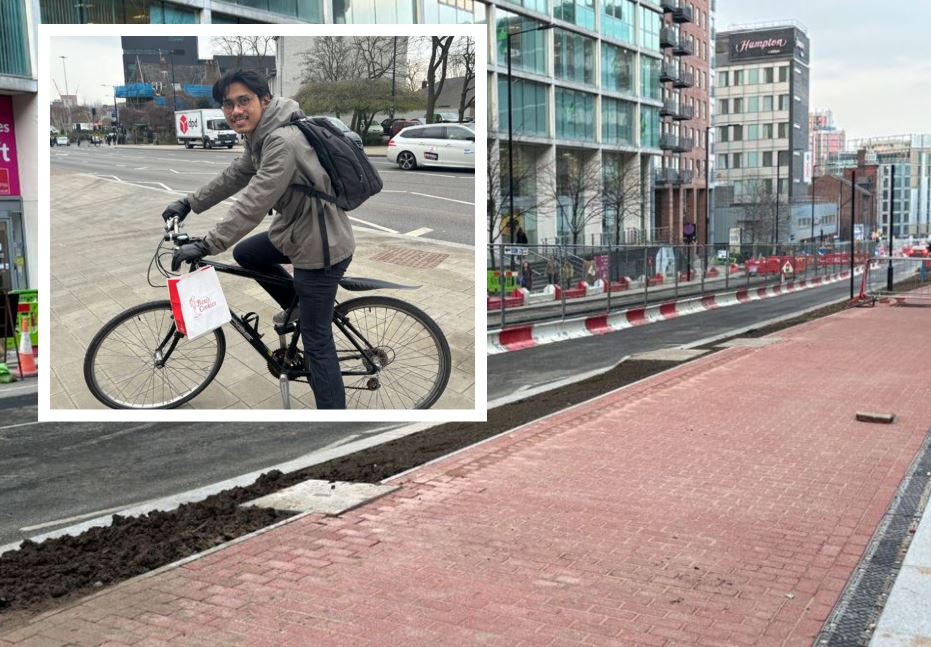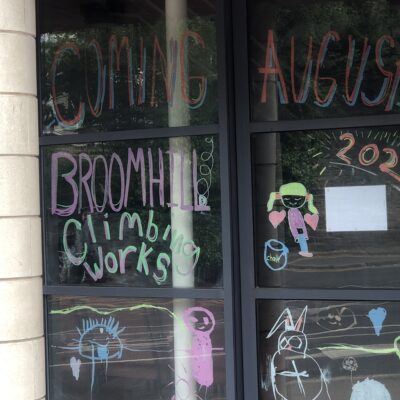Work has begun on Tenter Street to install new cycleways and improve pavements as part of the Connecting Sheffield Scheme.
The scheme aims to provide sustainable transport options through providing a high quality walking and cycling route from Neepsend and Kelham Island to the city centre.
Tenter Street will temporarily be one-way for the next four weeks with a diversion in place as the building work goes on.
Afiq Abdullah, a student, who lives in Ranmoor, said: “I think it’s a great idea. Cycling is one of the most simple things to cut down travel time instead of walking or taking the bus.”
However the plans for the new cycle lanes has not come without its criticisms.
Thomas Plumpton, a technician working at the University of Sheffield said: “It’s not that I’m unhappy about it, I’m hoping they’re not going to make the ones that exist wider. And also you got the problem that people are still tripping over tram lines so I hope they won’t build it weird.”

The scheme also coincides with Sheffield’s wider plan to cut down on air pollution with 1 in 20 deaths in Sheffield attributable to air pollution.
Ayla Ensert, 18, a student at the University of Sheffield, said: “I think cycling is good to tackle climate change. Air pollution is a big problem and it is nice to see the city caring about it by building bike lanes.”
It will also be safer to have bike lanes for people like me who use them to get to lectures and work.”
The scheme is being delivered by Sheffield Council through the government’s Transforming Cities Fund and is part funded by South Yorkshire Mayoral combined authority.
The Connecting Sheffield Scheme wants to deliver safe cycling routes that will transform Sheffield’s cycling infrastructure by delivering easy-to-follow, largely segregated cycleways from the city centre to inner city neighbourhoods and key employment areas.
Greg Fell, Director of Public Health in Sheffield City Council said: “When we look at the impact switching to cleaner and more active modes of travel has made in the Netherlands, the results speak for themselves.
Cleaner and active modes of travel mean better air quality and improved health and wellbeing for the population.”




